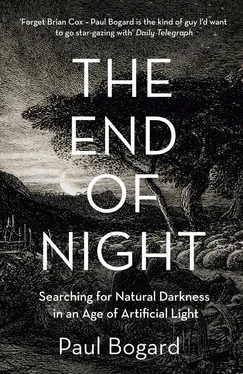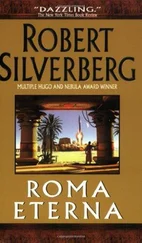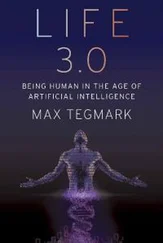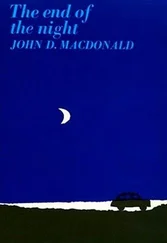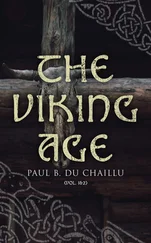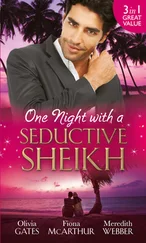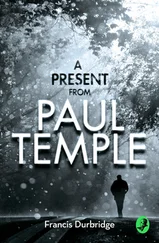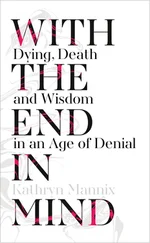You don’t have to look far to find the idea that darkness and danger go together, as do security and light. In Oakland, a city with thirty-seven thousand streetlights, an assistant police chief claims increased lighting levels could help reduce crime because “most of these crooks, when they commit a crime, want to do it in darkness.” In Boston, with sixty-seven thousand streetlights of its own, a Northeastern University criminology professor argues that lights act as “natural surveillance” and can reduce crime by 20 percent. In Los Angeles, home to more than two hundred forty thousand streetlights, the city attributes a 17 percent drop in violent gang-related crimes in the areas surrounding parks to those parks’ having received new lights. And here in Minneapolis the police advise, “Protect your family, property, and neighborhood by turning on your front door and yard lights,” and “Remember: Criminals like the dark, so make sure your yard has lots of light!”
Clearly, plenty of us have been receiving similar advice—we live in a world that is brighter than ever before, and growing brighter every year. Part of that growth comes from an ever-increasing human population, especially in urban areas. But the amount of light we are using per person is growing as well. In the UK, for example, lighting efficiency has doubled over the past fifty years—but the per capita electricity consumption for lighting increased fourfold over that time. We are choosing to light up more things, and we are lighting those things more brightly.
There’s no doubt light at night can make us safer, from a lighthouse beam guiding ships from rocky coasts to simply enough sidewalk light to keep us from tripping on cracked cement. But increasing numbers of lighting engineers and lighting designers, astronomers and dark sky activists, physicians and lawyers and police now say that often the amount of light we’re using—and how we’re using it—goes far beyond true requirements for safety, and that when it comes to lighting, darkness, and security we tend to assume as common sense ideas that, in truth, are not so black and white.
Foremost among these assumptions is that because some light improves our safety, more light will improve our safety more. It’s an assumption I will hear challenged again and again. As one lighting professional explained, “Too much light would have a negative effect, because if you look into a light, you can’t see anything, you can’t see beyond it.” Gazing from behind his desk, he paused, “You know, a bright enough light in between us and we can’t see each other—and we’re sitting across from each other!”
The sky over Concord, Massachusetts, this famous town of sixteen thousand about twenty miles west of Boston, reminds me of the sky above my parents’ house near Minneapolis—washed out. (Alan Lewis, whom I have come here to meet, calls it “the great yellow sky.”) Of course, this wasn’t always so. In 1836, for example, Ralph Waldo Emerson wrote of the stars here:
Seen in the streets of cities, how great they are! If the stars should appear one night in a thousand years, how would men believe and adore; and preserve for many generations the remembrance of the city of God which had been shown! But every night come out these envoys of beauty, and light the universe with their admonishing smile.
This is almost like reading ancient history—stars, seen from the streets of cities? In this passage from Nature, Emerson looked for a way to make the point that we take nature for granted—we take life for granted—by finding an example of something so commonplace we don’t even see it anymore. What better example than the brilliant starry night over a nineteenth-century Concord lit by oil lamps?
I didn’t have to visit Concord to know that its sky holds many fewer of Emerson’s “envoys of beauty.” But I wanted to talk with Lewis, to learn more about how too much light could actually act in a negative way. A longtime optometrist and former president of the Illuminating Engineering Society of North America (IESNA), the lighting professionals who have much to say about how we light our world, Alan Lewis has spent the last forty years helping to “educate lighting people about how the visual system operates.”
For example, Lewis says, most streetlights are actually designed in a way that often causes more problems than they solve.
“Badly designed street lighting, which is probably eighty percent of street lighting, are glare sources,” he explains. “That is, they actually reduce the contrast of things you’re trying to see rather than increase it, because of this disability glare problem that occurs due to scatter in the eye.”
Disability glare from poorly designed streetlights—picture the traditional cobrahead drop-lens fixtures used on most American streets—is the main reason drivers, especially older drivers, have a tough time at night. As we age, proteins in the lens of our eye begin to accumulate, and we lose the transparency we had when we were younger. In the same way that a brand-new windshield is crystal clear but ages over time with accumulated minuscule chips and dings, these proteins reduce the eye’s transparency as they scatter the light coming into the eye. The effect is that instead of going to the retina and focusing, the light is distributed across the retina, casting what Lewis calls “a veiling luminance” that significantly reduces contrast.
To optimize vision, Lewis says, the key is to maximize the contrast—the brightness difference between what you’re trying to see and the background—while minimizing the amount of light going directly from the light source into the eye, because when light goes directly into the eye the greater portion of it is scattered. “You don’t want bright lights coming in from anywhere but the target you’re trying to see,” he says. “I mean any additional source of light out there, like a streetlight shining in your eye or a headlight coming at you or glare sources on a building just makes things harder to see.”
The second major factor in our seeing well at night (or not) is adaptation, the way our eyes adapt as we move from brighter areas to darker areas. Because of the way our streetlights are usually placed, our eyes constantly have to go back and forth. “If you’re in a place that’s relatively uniformly illuminated by streetlights, then your adaptation remains fairly constant and that’s okay,” Lewis explains. “But what happens is streetlights tend to get dispersed somewhat willy-nilly and so you leave this bright spot and drive into this dark spot but you’re not adapted, and so visibility is actually worse than if you hadn’t had the streetlight there to begin with.” Lewis compares this situation to walking into a movie theater: the way it takes a few moments for your eyes to adapt. “So, as you move from lighted areas to nonlighted areas visibility can actually get worse. In many cases, an equal level of darkness is better than a sporadic light-dark, light-dark area.”
It isn’t only streetlights that cause this problem. The worst offenders, he says, are intensely lit places like gas stations and parking lots. About twenty years ago in America, gas stations began to increase the level of lighting, not for any real safety concerns but for marketing purposes. (“People like light, they’re attracted to it. There’s no question about it,” he says.) “You go in and you fill up under a canopy that was highly lit from a marketing standpoint to attract you, rather than a need for vision,” explains Lewis. “And then you drive out into a dark road and it may be a minute or two before you can readapt to the darkness, which can be very dangerous.”
“Because you might get hit?”
“Generally you’re okay,” he laughs, “you’re in the car. It’s the other folks who have to worry.”
Читать дальше
